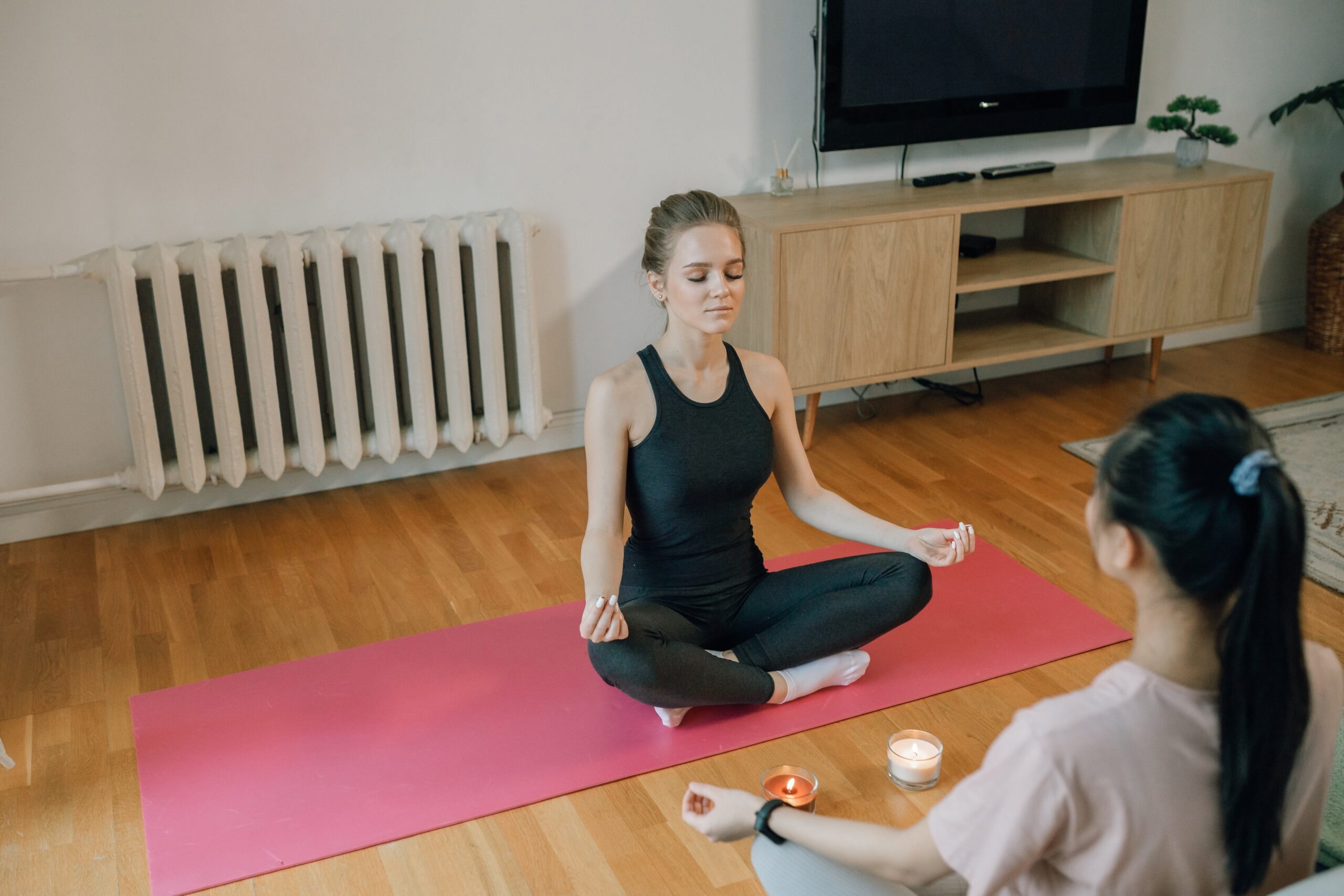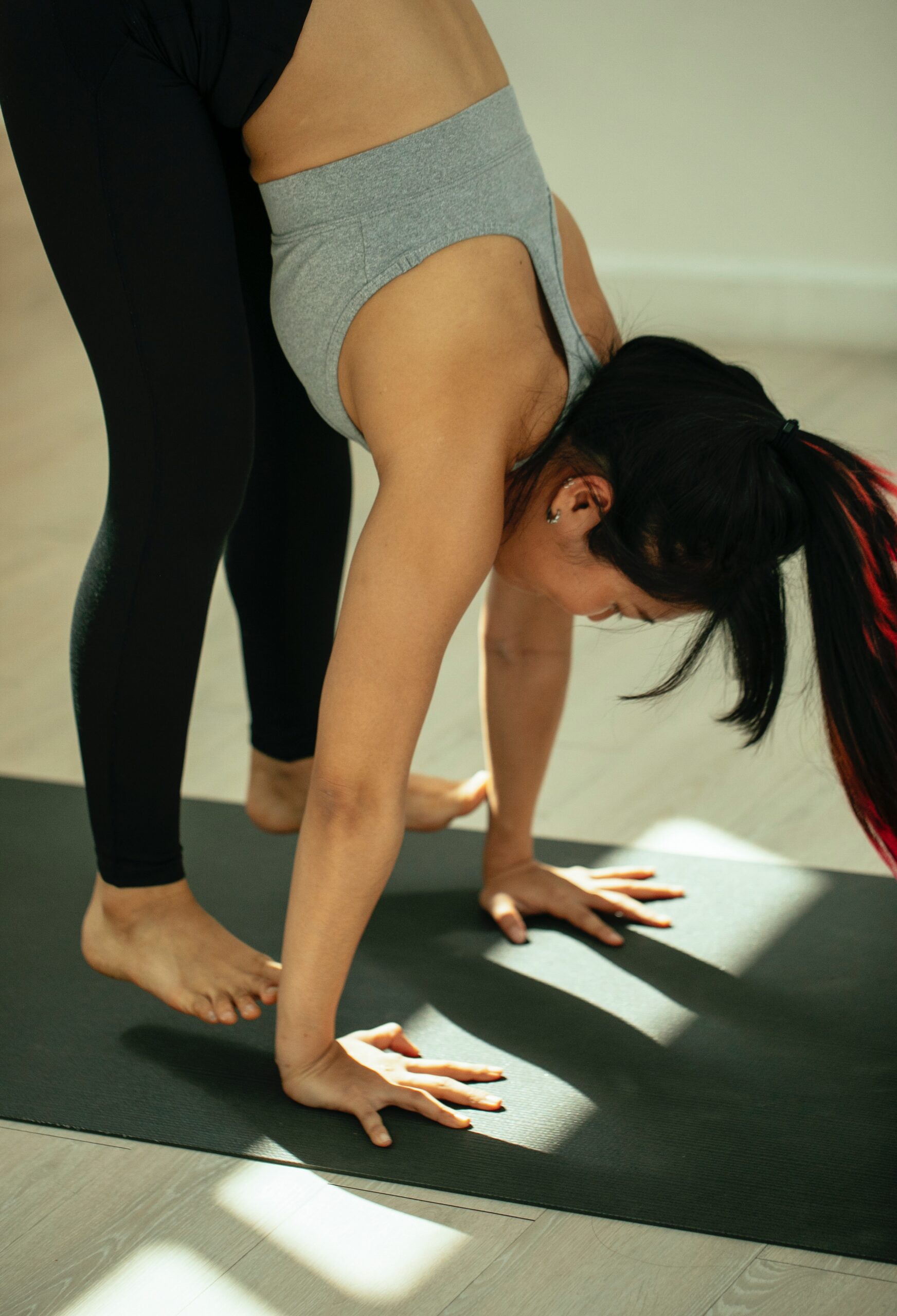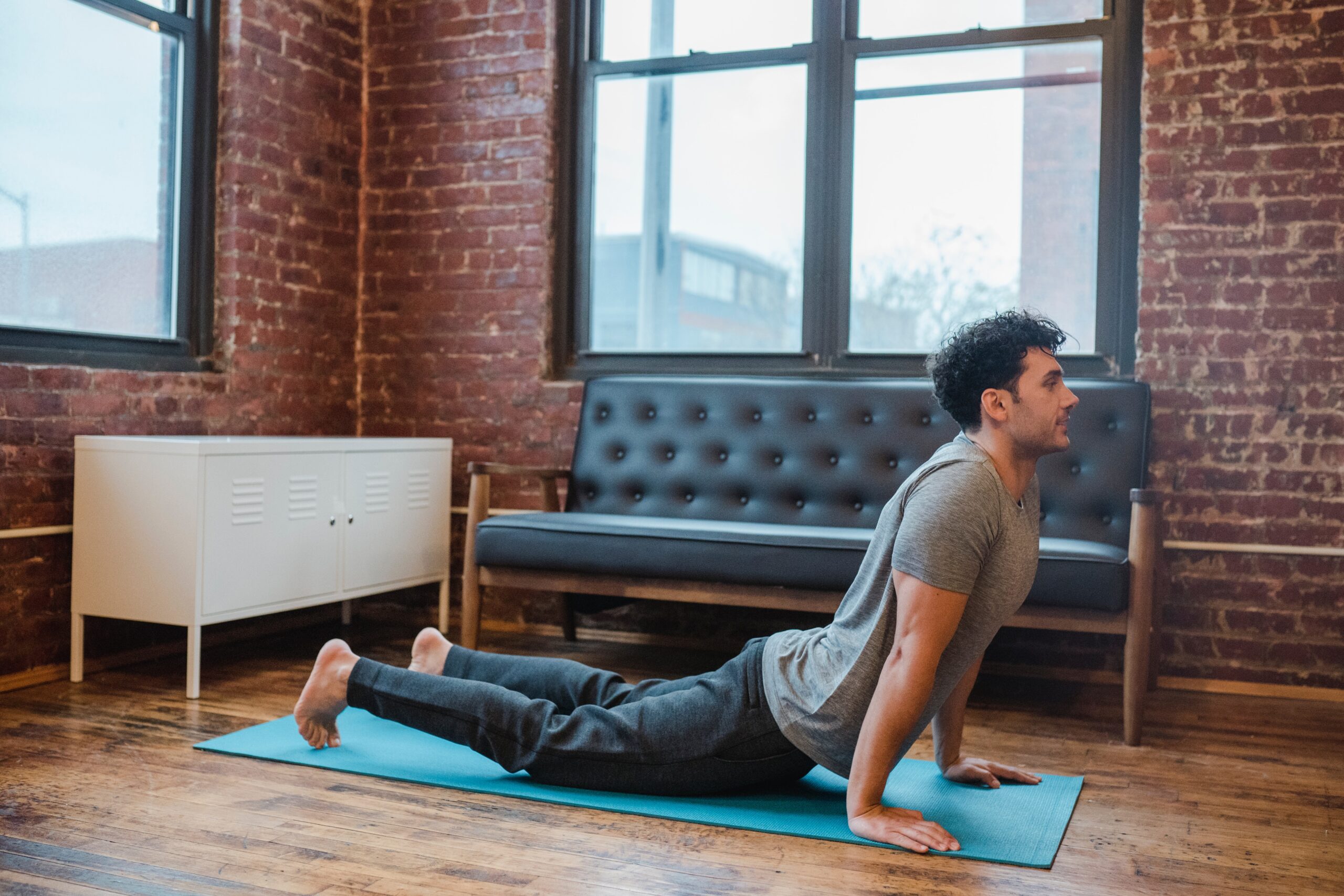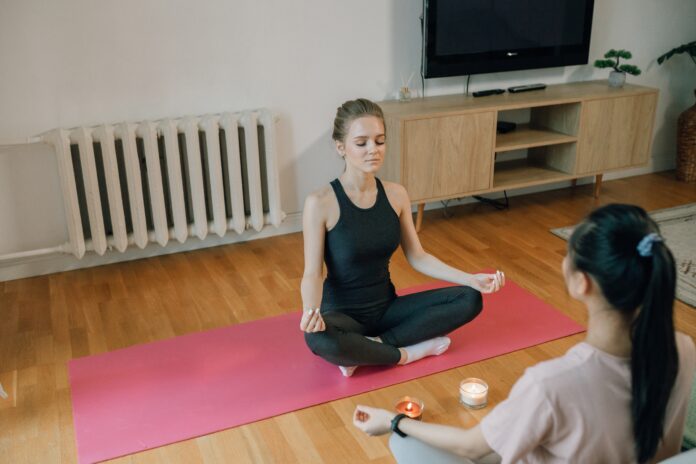The body’s immune system significantly reacts to things entering the lungs, which causes Asthma, to put it mildly. However, there is no treatment for Asthma; having a healthy living is attributed to relieving the issue to the stage where the effects are nearly nonexistent. Practising yoga poses for Asthma is noted to be very useful for those who suffer from the condition.
The practice of yoga helps to improve the lungs because it emphasizes not just keeping the asana but also breathing through it. This allows the respiratory process to operate, functioning even when the body is positioned in ways that are not natural. It is strengthened as a result of this. Asthma is more efficiently controlled by practising yoga asanas; in some circumstances, asanas have even been shown to be useful in avoiding asthma episodes completely.
Asthma relief with these yoga asanas
-
A seated balance position called Sukasana
People living with Asthma might benefit greatly from this easy-to-follow position. Lung function is improved due to the exercise, which focuses on breathing. Stress will also be reduced. It’s the position you utilize to meditate in. To get the most benefit from this asana, perform it first thing every morning and hold the position for as long as possible. Place your feet together and sit down on the floor. With your hands sitting, roll a towel and place it under your buttocks for additional support. The right hand may be placed over your heart while the left rests on your tummy. Take a few deep breaths while you shut your eyes. Breathe deeply and mindfully. For roughly five minutes, do this.

-
Forward Bend
To help with breathing, it is highly recommended to try this bending stanceLie on your back, legs bent, and feet flat on the floor. Breathe in and out through your nose. If you feel the tension in your lower back, try standing with your legs about hip-width apart, bending forward at the waist, and putting a little bend in your knees. Inhale deeply and exhale slowly for five deep breaths while lying on your back and keeping your eyes closed. Bending over might cause dizziness or low blood pressure, so if this is an issue for you, sit instead. Grab the chair’s back with your hands and bend forward, or lean forward while standing in front.

-
Dandasana
Dandasana, often known as the staff pose, is deceptively simple despite its powerful ability to alleviate asthma symptoms. This posture is beneficial because it strengthens the core muscles as well as the back muscles, and it also stretches the chest. As a result of the difficulty of breathing in this position, the muscles in the lungs are strengthened. Using the wall for support is a good technique to keep your back in the appropriate position.
-
Upavistha Konasana
The Upanishad Konasana stance, also known as the sitting broad-angle pose, helps you expand your chest and extends your upper body. It would help if you executed this asana on an empty stomach first thing in the morning. Take a break from eating at least 4 to 6 hours before doing this exercise.

-
Setu Bandha Sarvangasana
Your feet should lie on the ground, your knees bent, and your hands and face towards the ceiling. Your arms need to be relaxed at your sides, and your legs should be spaced just a little bit away from one another. Maintaining pressure on the soles of the feet, inhale and slowly raise the hips off the floor while rolling the spine up and away. Lift your chest by pressing your shoulders and arms firmly on the ground. Put some effort into lifting your hips by contracting the muscles in your legs and buttocks. After holding this posture for four to eight breaths, you may release it and return to the starting position.
-
The Cobra Position
This position is great for opening up the chest and neck. Lie on your back on your mattress with your feet pointing behind you and put your hands on each side, hands flat on the ground, exactly under your shoulders. Begin lifting yourself by lowering yourself into the sphinx stance with your elbows tucked behind your shoulders. Lift your chest higher off the floor while gently straightening your arms if you want to go farther. Inhale and exhale while you stare straight ahead, maintaining your chin equal to the ground and maintaining your spine long as you do so.

Conclusion
Moreover, yoga practice is not always recommended for those with Asthma. Nevertheless, this might have a therapeutic impact if paired with other treatments, such as medicine and changes to one’s lifestyle. Before beginning yoga or any other kind of exercise, the most important thing you can do is ensure that your Asthma is controlled.
Your physician is the best person to advise you on whether or not you should participate in yoga. Consult an asthma expert before attempting to learn new breathing methods or yoga poses if you suffer from a chronic respiratory condition. Maintain proximity to your rescue inhaler and proceed cautiously during each workout.



